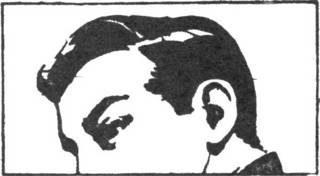“We call it Haflong Hindi,” said former Chairman of Haflong Town Committee Gopinath Gorlosa.
“A century ago, most of the 11 tribes living in the North Cachar Hills could hardly communicate with each other. Today, all of us have a common language, which we call Haflong Hindi,” Gorlosa said. While Gorlosa himself is a Dimasa, all other tribes—Hmar, Kuki, Zeme Naga, Biate, Vaiphei, Hrangkhol, Khelma, Rongmei, Karbi, Jaintiya—use Haflong Hindi to communicate with each other.
When a Dimasa tribal says, “Tumko mairong leke aaya”, one must understand that he means “I have brought some rice for you,” he explains. “Sometimes it is difficult to understand,” points out Anil Kumar Barua, Deputy Commissioner of the district. When one says, “Tum kutta hum khaya,” it means “Your dog has bitten me”. Or when someone says, “Hum agey girega,” it means “please drop me there.”
This morning our local paper had a headline “City bans sale of synthetic
kratom” that set my wife and me back on our heels: what the hell was
“kratom”? A q...

1 comment:
http://www.davidgarlick.com
Post a Comment